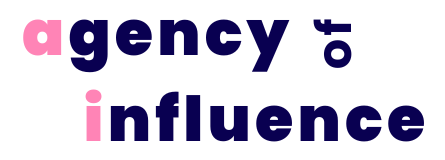
Consumer Psychology: How to Influence Buying Decisions
Understanding consumer psychology is a powerful tool for businesses looking to influence buying decisions and enhance customer engagement. By tapping into the principles of human behavior, you can craft strategies that resonate with your audience and drive conversions. Here’s a comprehensive guide to leveraging consumer psychology, with insights from Agency of Influence.
1. What is Consumer Psychology?
Consumer psychology explores how emotions, perceptions, and social influences affect buying behaviors. It’s the foundation for creating marketing campaigns that not only attract attention but also persuade customers to act.
2. The Role of Emotions in Decision-Making
Emotions play a significant role in purchasing decisions. Strategies to leverage emotional connections include:
- Storytelling in ads to evoke empathy
- Associating your brand with positive feelings like joy or security
- Using colors and visuals that resonate emotionally
Agency of Influence specializes in crafting emotionally impactful campaigns.
3. Social Proof as a Persuasive Tool
People tend to trust the opinions of others. Showcase:
- Customer testimonials
- Reviews and ratings
- Case studies
- Influencer endorsements
Highlighting real experiences builds trust and reduces hesitation.
4. The Power of Scarcity and Urgency
Scarcity creates a fear of missing out (FOMO), which drives quicker decisions. Examples include:
- Limited-time offers
- Flash sales
- Low-stock notifications
Urgency encourages customers to act immediately rather than delay their purchase.
5. Personalization and Relevance
Consumers are more likely to respond to tailored experiences. Use data to personalize:
- Product recommendations
- Email content
- Ad targeting
6. Anchoring and Price Framing
Anchoring refers to the tendency to rely heavily on the first piece of information. Use price anchoring effectively by:
- Showing original prices alongside discounts
- Highlighting premium options to make mid-tier offerings seem more appealing
7. Reciprocity and Free Offers
Reciprocity involves giving something of value, which fosters a sense of obligation to return the favor. Offer:
- Free trials or samples
- Valuable content like eBooks or guides
8. Simplicity and Cognitive Ease
Consumers prefer options that are easy to understand. Simplify:
- Website navigation
- Product descriptions
- Checkout processes
A clear and intuitive experience reduces friction and increases conversions.
9. Leveraging the Halo Effect
The halo effect occurs when a positive impression in one area influences overall perception. Examples include:
- Highlighting awards or certifications
- Partnering with reputable brands or influencers
10. The Endowment Effect
Customers value products more highly when they feel ownership. Encourage this by:
- Allowing customization
- Offering virtual try-ons or previews
Conclusion
Consumer psychology offers actionable insights into why people buy and how businesses can influence those decisions. By applying these principles, you can create strategies that not only attract customers but also build loyalty. For expert guidance on leveraging consumer psychology, visit Agency of Influence. Their tailored marketing solutions are designed to drive impactful results.
FAQs
1. How does consumer psychology impact marketing strategies?
It helps create campaigns that align with customer behavior, increasing engagement and conversions.
2. Can small businesses benefit from consumer psychology?
Absolutely. Small businesses can apply these principles to improve customer relationships and drive sales.
3. What is the most effective way to build trust with consumers?
Social proof, like reviews and testimonials, is one of the most effective ways to establish trust.
4. How does personalization influence buying decisions?
Personalization makes customers feel valued, increasing the likelihood of conversion and loyalty.
5. How can I measure the success of psychology-based strategies?
Track metrics like conversion rates, customer engagement, and repeat purchase rates to evaluate effectiveness.





